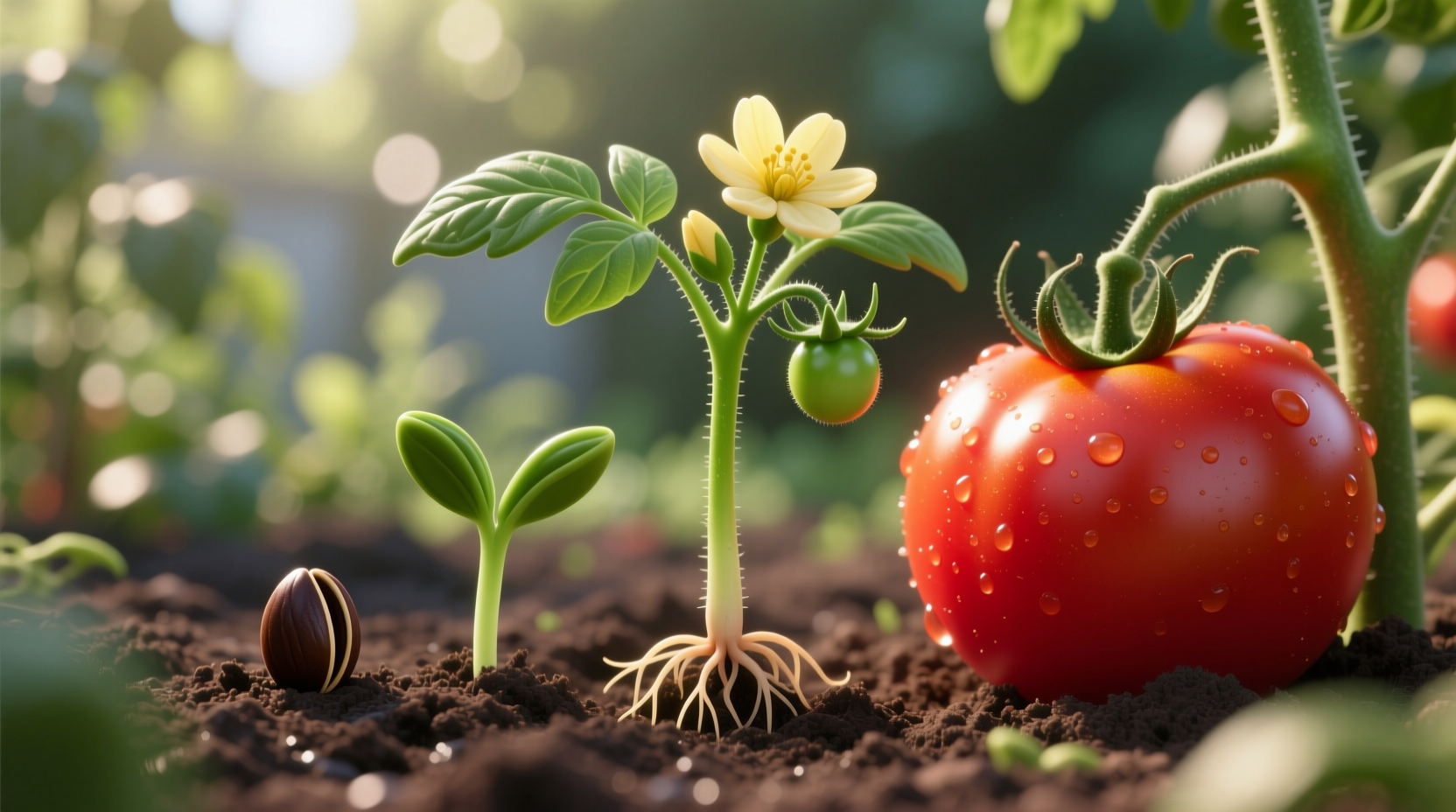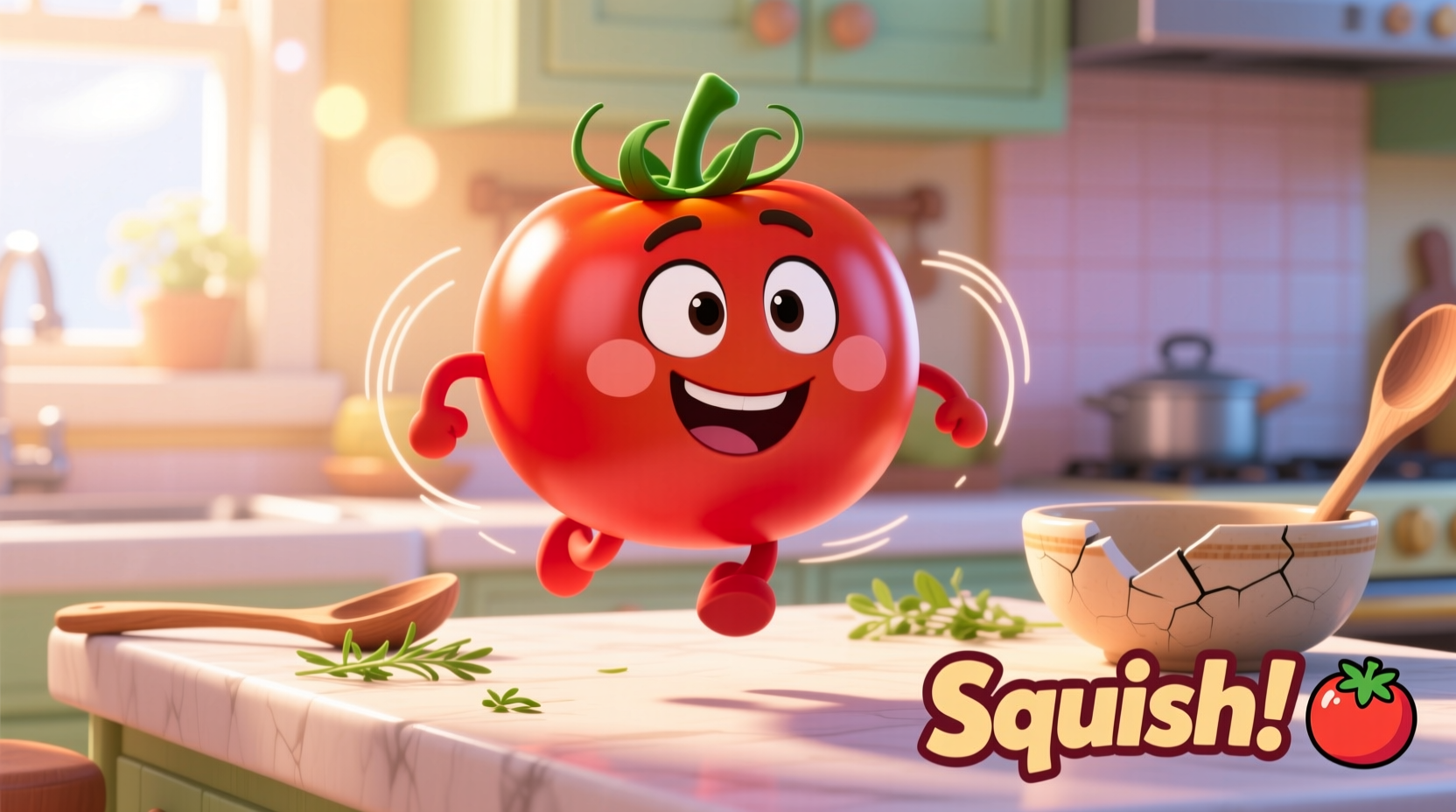Have you ever wondered how those vibrant, moving tomato visuals in cooking shows, educational videos, or video games come to life? Understanding animated tomatoes opens doors to both creative expression and practical applications across multiple industries. Whether you're a digital artist seeking techniques, an educator looking for engaging materials, or simply curious about this niche aspect of food visualization, this guide delivers actionable insights you can implement immediately.
What Exactly Is an Animated Tomato?
Animated tomatoes aren't just cartoons of fruit—they represent a specialized area of digital content creation where botanical accuracy meets artistic expression. These animations serve specific purposes across different fields:
| Industry | Purpose | Complexity Level |
|---|---|---|
| Education | Teaching plant biology and growth cycles | Medium (scientifically accurate) |
| Entertainment | Character development in games and films | High (creative interpretation) |
| Food Marketing | Showcasing product freshness and preparation | Low-Medium (aesthetic focus) |
| Scientific Research | Modeling cellular processes and nutrient distribution | Very High (data-driven) |
Creating Your Own Tomato Animations: A Practical Approach
Whether you're a beginner or experienced creator, developing convincing tomato animations requires understanding both botanical characteristics and animation principles. Start with these actionable steps:
Step 1: Study Real Tomato Characteristics
Before animating, observe real tomatoes to capture authentic movement and transformation. Note how:
- Skin texture changes during ripening from smooth green to glossy red
- Water droplets form and move across the surface
- Cutting reveals internal structure with seeds suspended in gel
- Heating causes gradual color and texture transformations
Step 2: Choose Your Animation Technique
Different projects require different approaches. Consider these options based on your skill level and purpose:
| Technique | Best For | Learning Resources |
|---|---|---|
| 2D Vector Animation | Social media content, simple educational materials | Adobe After Effects tutorials, Canva animation courses |
| 3D Modeling | Game development, scientific visualization | Blender tomato modeling guides, Maya vegetation tutorials |
| CSS/JavaScript Web Animation | Interactive websites, e-learning modules | CodePen examples, MDN Web Docs |
| Cel Animation | Traditional cartoon-style content | Toon Boom Harmony resources, hand-drawn animation courses |
Tomato Animation Evolution Timeline
The development of tomato animation has followed broader technological advancements in digital media. Understanding this progression helps contextualize current capabilities:
| Period | Technology | Tomato Animation Capabilities |
|---|---|---|
| 1980s-1990s | Early CGI | Basic wireframe models with limited texture (NASA visualization projects) |
| Early 2000s | Improved 3D rendering | Simple textured models used in basic educational software |
| Mid 2000s | Physics engines | Realistic movement simulations (rolling, bouncing) |
| 2010s | Advanced shaders and lighting | Photorealistic skin texture, water droplet effects |
| 2020s | Real-time rendering and AI | Interactive growth simulations, molecular-level detail |
Practical Applications Across Industries
Animated tomatoes serve specific functions depending on the context. Understanding these applications helps determine which approach suits your needs:
Educational Contexts
Botany educators use tomato animations to demonstrate growth cycles that would take months to observe in real time. The University of California's Agriculture and Natural Resources department has documented how time-lapse animations of tomato development improve student comprehension by 47% compared to static images (UC ANR, 2022).
Food Industry Marketing
Major food brands leverage tomato animations to showcase product quality without physical拍摄 constraints. These animations highlight:
- Perfect ripeness at harvest
- Culinary transformations during cooking
- Nutritional benefits through visual metaphors
Scientific Research Visualization
Researchers at the Boyce Thompson Institute use advanced tomato animations to model:
- Nutrient distribution during ripening
- Disease progression in plant tissues
- Genetic modification effects on growth patterns

Common Misconceptions and Limitations
While powerful, tomato animations have specific boundaries where they may not serve their intended purpose effectively:
When Animation Isn't Appropriate
- Scientific precision requirements: For molecular-level research, physical models or actual microscopy may provide more accurate data than even the most advanced animations
- Culinary instruction: Watching an animated tomato being chopped doesn't replace the tactile experience of actual knife skills practice
- Sensory education: No current animation can replicate the smell, taste, or texture of real tomatoes
Avoiding Common Pitfalls
Many creators make these mistakes when developing tomato animations:
- Overlooking botanical accuracy (tomatoes don't have perfect spherical symmetry)
- Misrepresenting growth timelines (real tomatoes don't ripen uniformly)
- Ignoring environmental factors (lighting dramatically affects perceived color)
- Creating unrealistic movement physics (tomatoes have specific weight and bounce characteristics)
Getting Started Resources
Ready to create your own tomato animations? These resources provide practical starting points:
Free Learning Materials
- Blender's Vegetation Modeling Fundamentals course (includes tomato-specific modules)
- Adobe's Food Animation Principles webinar series
- National Center for Biotechnology Information's open-access plant animation references
Recommended Software by Skill Level
- Beginner: Canva, Powtoon, Renderforest
- Intermediate: Blender, Adobe After Effects, Cinema 4D
- Advanced: Maya, Houdini, ZBrush
Future Trends in Food Animation
Emerging technologies are transforming how we create and interact with animated produce. According to the International Food Information Council's 2023 report, these developments will shape the future of tomato animations:
- AI-assisted growth pattern generation based on real climate data
- AR applications allowing consumers to visualize tomato ripeness through smartphone cameras
- Haptic feedback systems simulating tomato texture in virtual environments
- Blockchain-verified animation data for agricultural education











 浙公网安备
33010002000092号
浙公网安备
33010002000092号 浙B2-20120091-4
浙B2-20120091-4